Tourist traps are everywhere in popular destinations, designed to separate visitors from their money as efficiently as possible. These spots often feature overpriced food, mediocre experiences, and crowds of frustrated travelers who realize too late they’ve been scammed. The worst part is that many tourist traps sit right next to authentic local gems that offer better experiences at a fraction of the cost.
Smart travelers know that avoiding these money pits isn’t about luck — it’s about knowing what to look for and where to go instead. Here is a list of 19 proven strategies that’ll help you experience cities like a local while keeping your wallet happy.
Eat Where Locals Eat
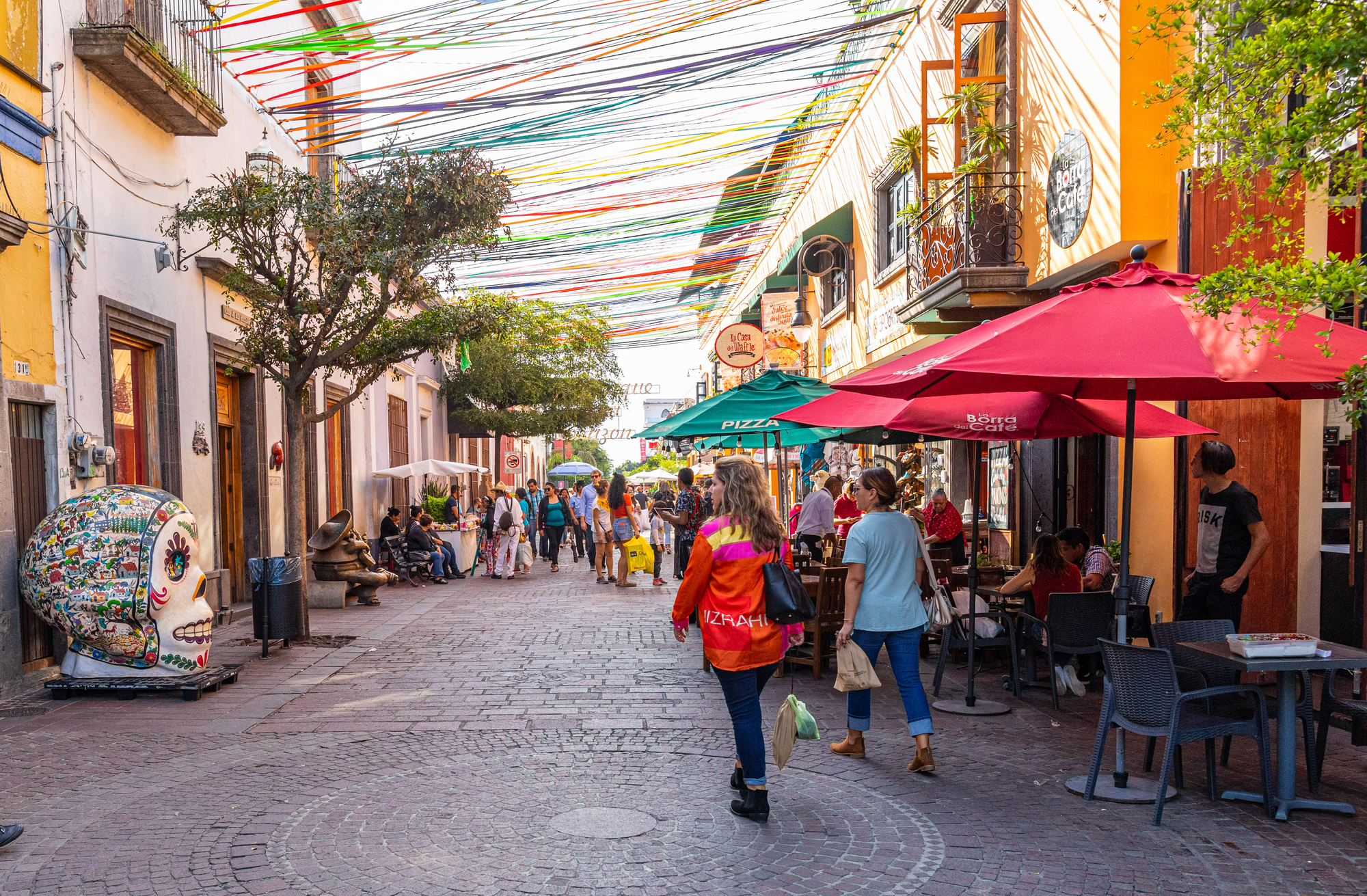
Restaurants within three blocks of major tourist attractions almost always charge premium prices for average food. Look for places filled with local families and workers, especially during lunch hours when locals are eating there.
If you see a restaurant with multilingual menus and photos of every dish, that’s usually a red flag that it caters primarily to tourists.
Use Local Transportation
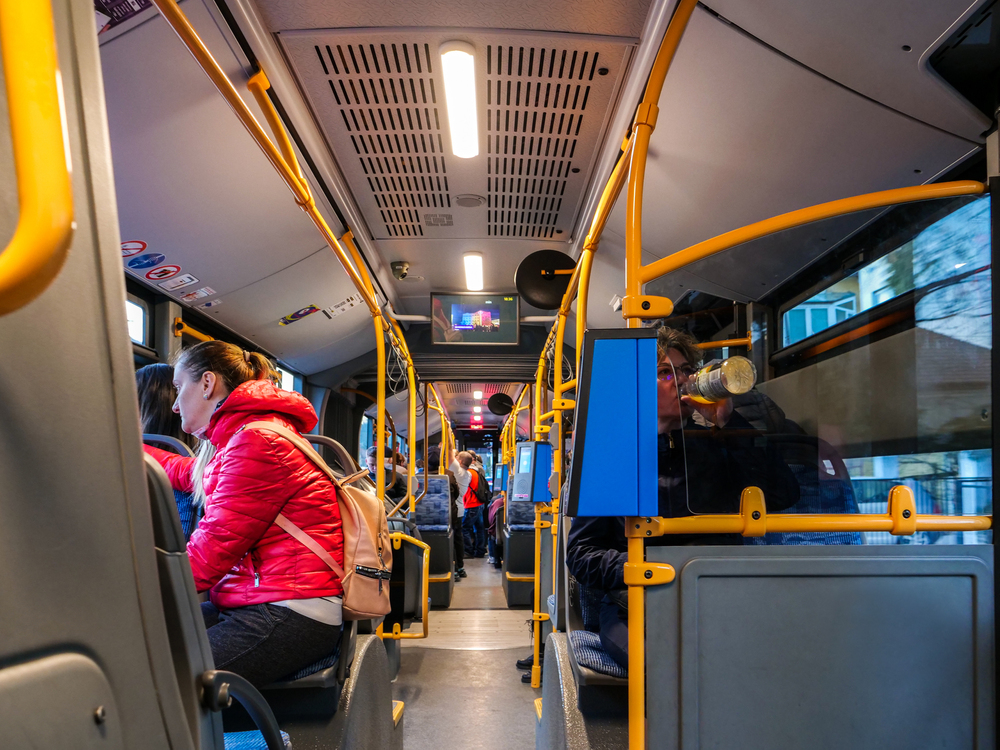
Tourist buses and hop-on-hop-off services cost way more than regular public transportation and often take longer routes to justify their higher prices. Learn to use the local subway, bus, or tram system — it’s usually faster, cheaper, and gives you a better feel for how the city works.
Plus, you’ll end up in neighborhoods where real people live and work instead of sanitized tourist zones.
Like Travel Pug’s content? Follow us on MSN.
Visit Attractions Early or Late

Most tourist traps rely on crowds and time pressure to prevent people from thinking clearly about their purchases. Show up right when attractions open or during the last hour before closing to avoid crowds and high-pressure sales tactics.
Many famous sites are more beautiful and peaceful during these off-peak hours anyway.
Ask Locals for Recommendations

Hotel concierges at tourist-focused hotels often receive commissions for directing guests to specific restaurants and attractions, so their recommendations might not be genuine. Instead, ask people you meet naturally — your Uber driver, the person working at a local coffee shop, or someone you strike up a conversation with at a park.
These folks have no incentive to steer you wrong and often know hidden gems that tourists never discover.
Check Review Patterns Carefully
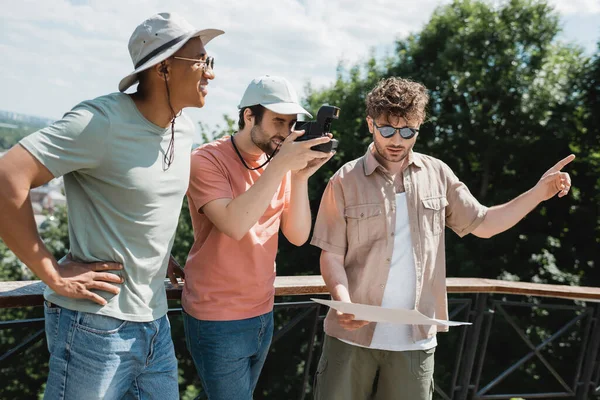
When reading online reviews, look for patterns that suggest tourist trap behavior — lots of complaints about overpricing, pushy staff, or experiences that don’t match advertised expectations. Pay special attention to reviews from people who appear to live in the area versus obvious tourists.
Local reviewers tend to be more honest about whether a place offers genuine value.
Like Travel Pug’s content? Follow us on MSN.
Explore Residential Neighborhoods
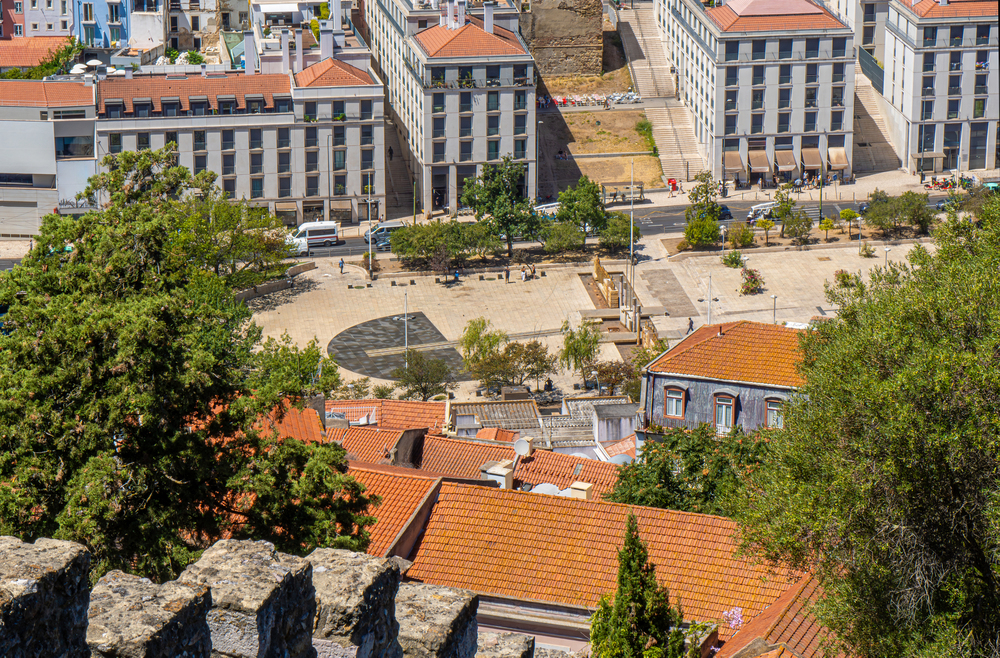
The best food, shopping, and cultural experiences usually happen in neighborhoods where actual residents live their daily lives. Take a subway or bus a few stops away from the main tourist district and walk around areas filled with apartment buildings, local schools, and neighborhood markets.
These areas often have better prices and more authentic experiences than anything you’ll find in the tourist center.
Learn Basic Local Phrases

Even knowing how to say ‘hello,’ ‘thank you,’ and ‘how much?’ in the local language signals that you’re not a completely clueless tourist. Street vendors and restaurant staff are less likely to try tourist pricing on someone who shows basic cultural awareness.
It also opens up opportunities for genuine interactions with locals who appreciate your effort to communicate in their language.
Avoid Street Vendors Near Attractions
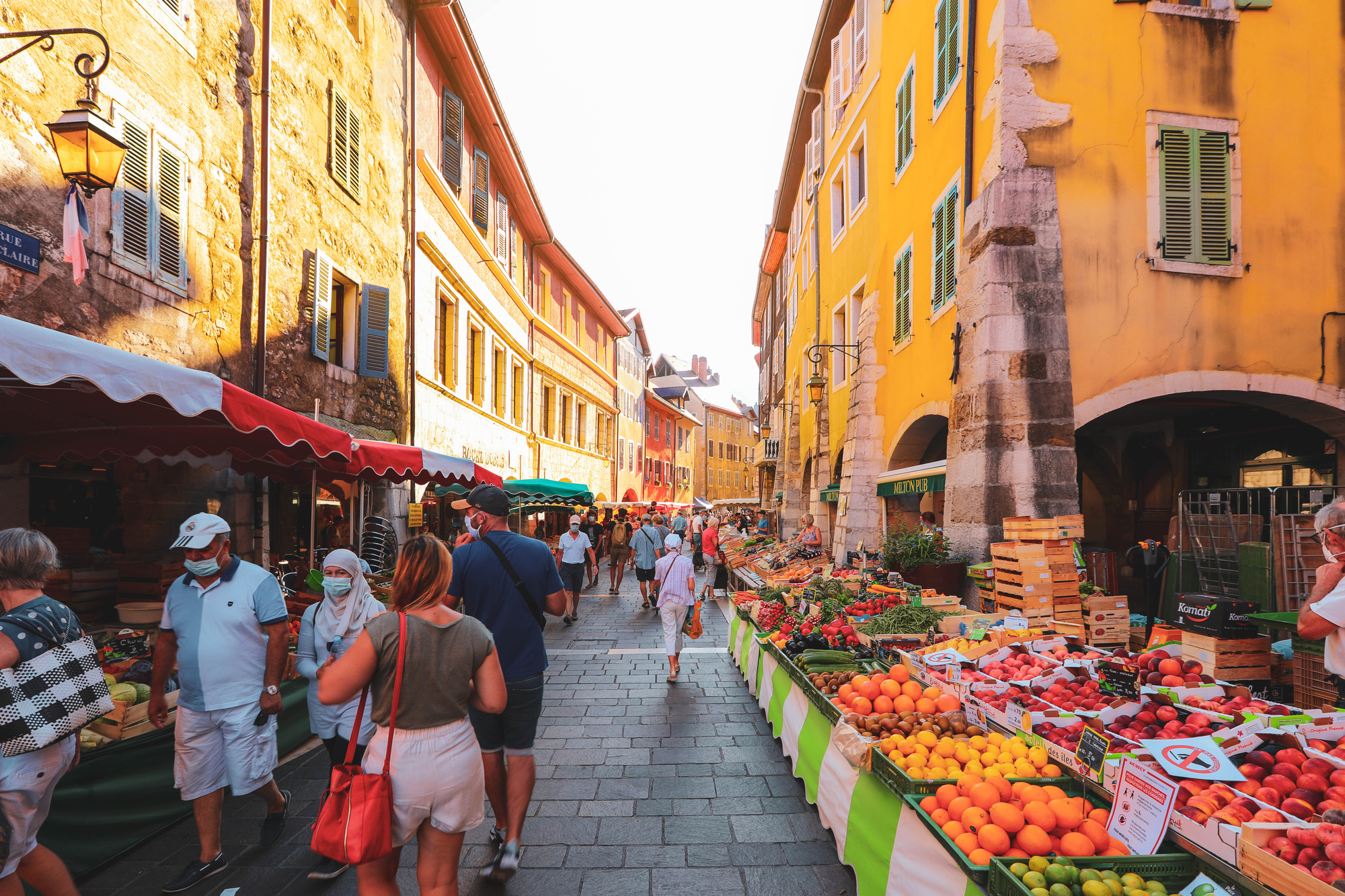
Vendors positioned right outside famous landmarks typically charge tourist prices for items that can be bought much cheaper just a few blocks away. These prime locations come with high rent, which gets passed directly to customers in the form of inflated prices.
Walk a few minutes away from the main attraction to find the same souvenirs and snacks at local prices.
Like Travel Pug’s content? Follow us on MSN.
Join Walking Tours Led by Locals
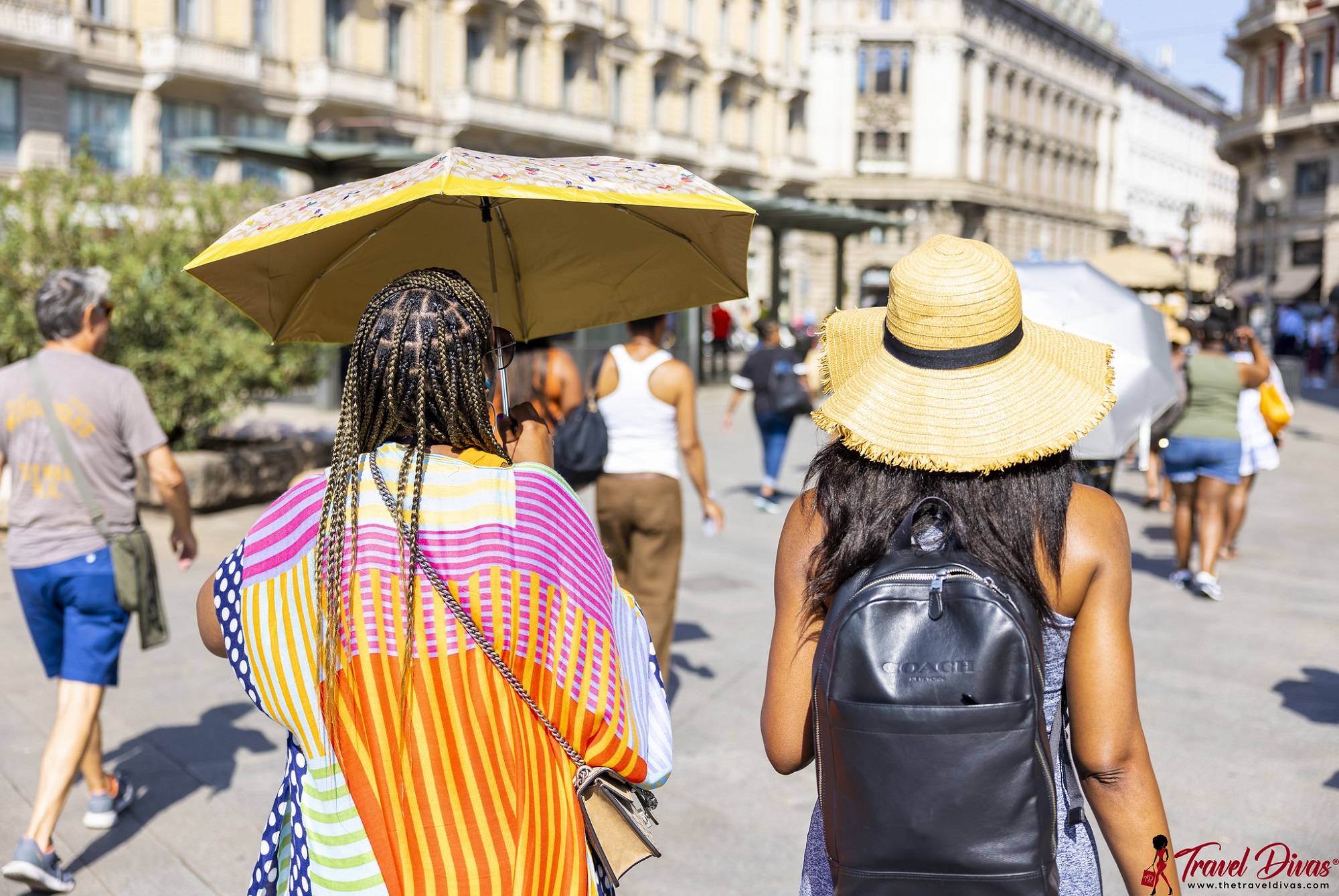
Free walking tours led by residents often provide better insights than expensive guided tours run by large companies. These tours usually work on a tip-based system, which means guides are motivated to provide genuine value rather than just rushing through a scripted presentation.
You’ll also meet other travelers who might have discovered great local spots to share.
Shop at Local Markets

Supermarkets and local markets give you a realistic sense of what things cost in the city, which helps you recognize when restaurants or shops are charging tourist prices. Buy snacks, drinks, and basic supplies at local stores rather than hotel gift shops or vendors near attractions.
The price differences can be shocking — sometimes 300–400% markups for identical items.
Use Social Media Strategically

Search Instagram and Facebook for location tags in the neighborhoods you’re visiting, but focus on posts from people who appear to live there rather than obvious tourists. Local residents often share their favorite restaurants, events, and hidden spots that don’t appear in traditional guidebooks.
This real-time local knowledge is incredibly valuable for finding authentic experiences.
Like Travel Pug’s content? Follow us on MSN.
Trust Your Gut About Pricing

If something seems overpriced compared to similar items you’ve seen elsewhere in the city, it probably is. Tourist traps rely on visitors who don’t know local price standards and feel pressured to buy because they’re already there.
Take time to comparison shop and don’t be afraid to walk away from deals that don’t feel right.
Find Free Local Events
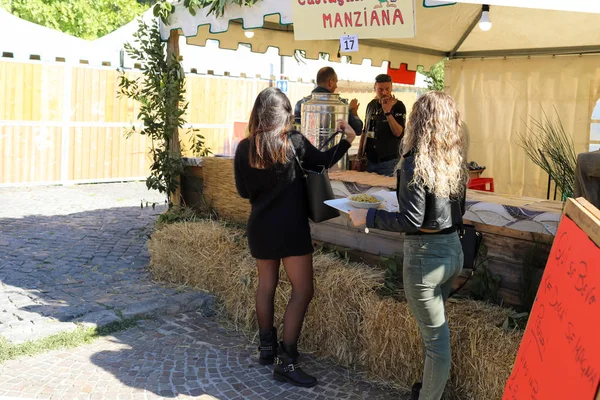
Every city has free or cheap events happening regularly — outdoor concerts, art gallery openings, street festivals, and community gatherings that provide authentic cultural experiences without tourist trap pricing. Check local event websites, community bulletin boards, and social media groups to find activities that locals attend.
These events often showcase the best of local culture without any commercial pressure.
Stay Outside the Tourist District
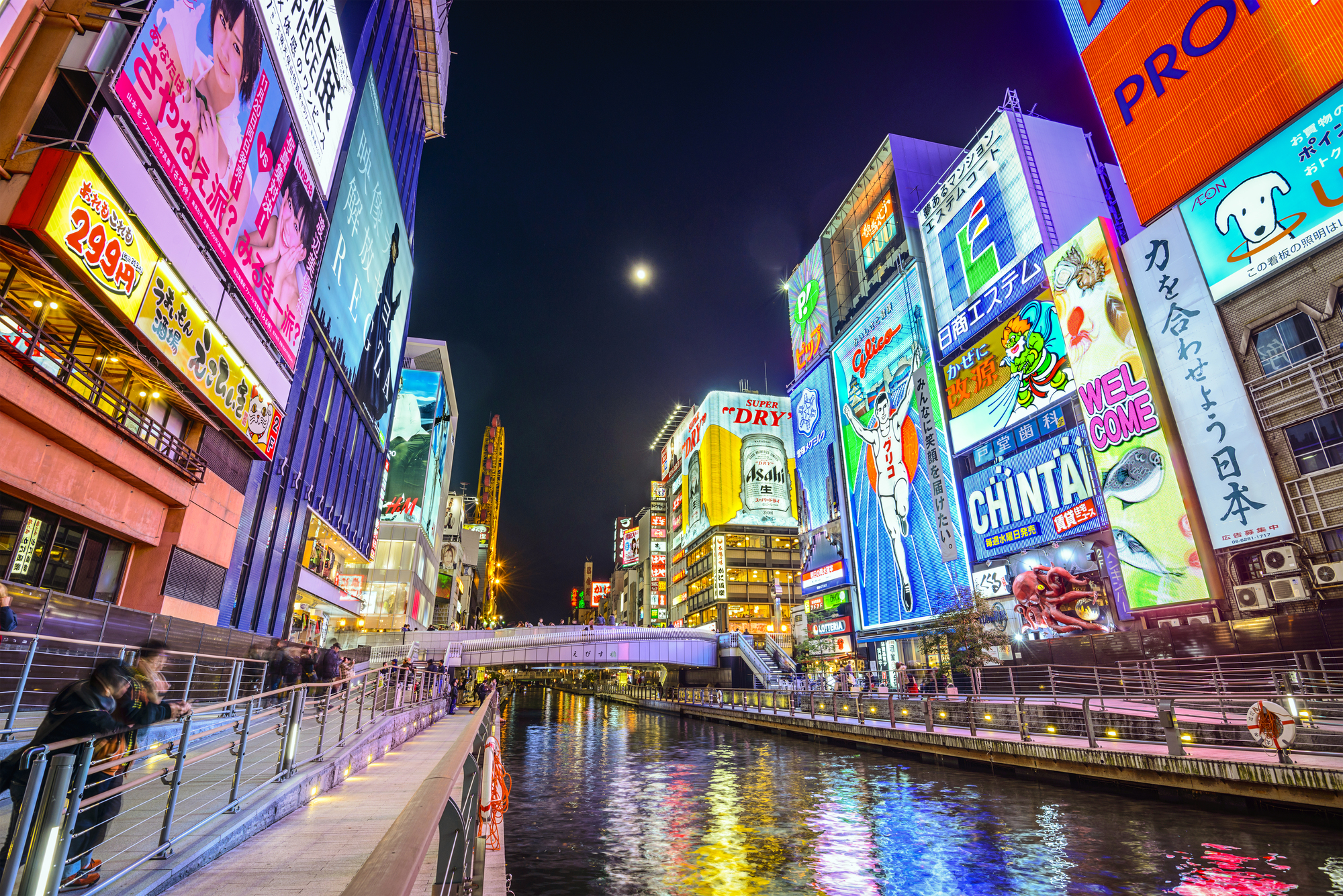
Hotels in the main tourist areas charge premium prices and surround you with other tourist traps, making it harder to find authentic local experiences. Look for accommodations in residential neighborhoods with good public transportation connections to downtown areas.
You’ll save money on lodging and have easier access to real local life.
Like Travel Pug’s content? Follow us on MSN.
Download Local Apps

Many cities have locally-developed apps that help residents find deals, events, and services that tourists never hear about. These apps often include features like local discount programs, neighborhood event calendars, and recommendations from actual residents.
They’re usually free and provide insights that generic travel apps simply can’t match.
Avoid Peak Tourist Seasons
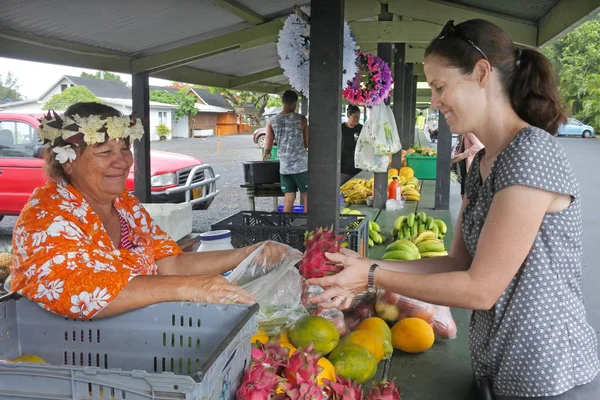
Tourist traps charge their highest prices during peak travel seasons when demand is strongest and visitors have fewer alternatives. If your schedule allows flexibility, visit during shoulder seasons when prices drop, and you’ll have more authentic interactions with locals who aren’t overwhelmed by tourist crowds.
The weather might not be perfect, but the savings and experiences are often better.
Connect with Expat Communities

Foreign residents living in your destination city have usually figured out how to avoid tourist traps while still enjoying everything the city offers. Online expat forums, Facebook groups, and meetup events can connect you with people who’ve navigated the transition from tourist to local.
Their advice is particularly valuable because they remember what it was like to be new to the city.
Like Travel Pug’s content? Follow us on MSN.
Use Ride-Sharing Strategically

Tourist-focused taxi services and hotel shuttles often charge inflated rates, but regular ride-sharing apps use local pricing that applies to everyone. These apps also prevent common tourist scams like drivers taking unnecessarily long routes or claiming their meters are broken.
The transparent pricing and GPS tracking protect you from the transportation rip-offs that catch many visitors.
Research Local Tipping Customs
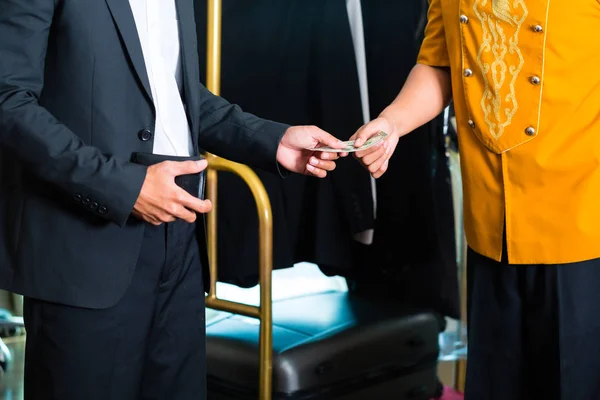
Tourist traps often exploit visitors’ uncertainty about local tipping customs by suggesting inappropriate tip amounts or adding automatic service charges that aren’t customary in that culture. Understanding local tipping norms protects you from these schemes and helps you interact more naturally with service workers.
What seems like a small detail can save significant money throughout a trip.
From Exploitation to Exploration
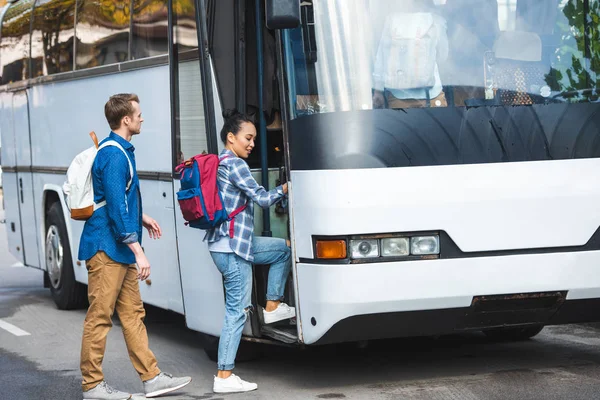
The concept of tourist traps has evolved alongside the tourism industry itself, transforming from simple overpriced souvenirs into sophisticated operations designed to capture every possible dollar from visiting travelers. Modern tourist traps use psychological techniques, artificial scarcity, and social pressure that would make earlier generations of merchants envious of their effectiveness.
However, the same technology and connectivity that enable these sophisticated traps also provide travelers with unprecedented tools for research, comparison shopping, and connecting with local communities. The travelers who thrive in today’s landscape are those who approach new destinations with curiosity rather than convenience, taking time to understand local culture and pricing norms instead of accepting the first option presented to them. The reward for this extra effort isn’t just financial savings — it’s the discovery of authentic experiences that create lasting memories rather than expensive regrets.
Like Travel Pug’s content? Follow us on MSN.
More from Travel Pug

- 20 Best Beach Towns in the Carolinas
- 13 Destinations Where Tourists Regularly Regret Their Trip
- 20 Things You Actually Get in First Class
- 20 Small Airports With Aviation Museums
- 20 Places in the U.S. That Are Perfect for a Reset Trip
Like Travel Pug’s content? Follow us on MSN. content? Follow us on MSN.
